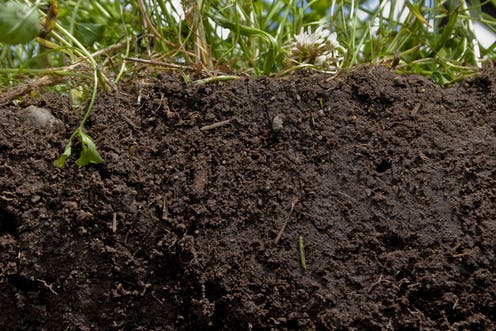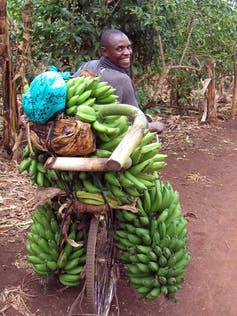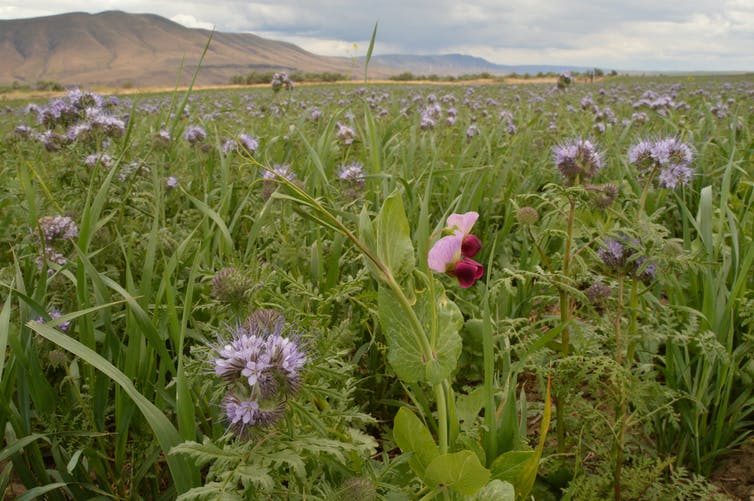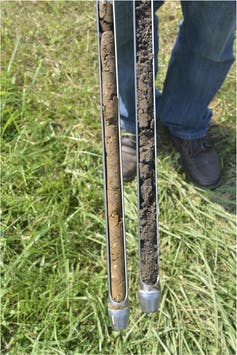Dr. Rath Health Foundation - Feb 7, 2020 - Paul Anthony Taylor
An outbreak of a new coronavirus was identified in the city of Wuhan in China in early December 2019. A large family of viruses that can cause illnesses ranging from the common cold to more serious ones such as ‘Severe Acute Respiratory Syndrome’ (SARS), coronaviruses are transmitted between animals and people. With the mainstream media stoking up panic over the outbreak and government reactions growing more dramatic by the day, advice for the public provided by the World Health Organization (WHO) has once again failed to make any mention of the safety and effectiveness of natural therapies against viral diseases.
Designated 2019-nCoV, the new coronavirus was declared a ‘Public Health Emergency of International Concern’ by the WHO on 30 January 2020. Under international health regulations adopted in 2005, such a declaration gives the WHO enhanced powers to coordinate a global response.
On 3 February, with China accusing the United States of causing panic and spreading fear over the outbreak, shares on the Chinese Shanghai stock market suffered their biggest fall in four years. Financial analysts began appearing in the media claiming the virus could result in a global economic slowdown.
On 6 February the WHO reported there were 28,276 confirmed cases of the virus. The vast majority of these (28,060) were in China, where there had been 564 deaths. The remaining 216 cases came from a total of 24 additional countries and had resulted in one death.
Is the coronavirus panic justified?
In reality, many people who contract the new coronavirus will experience only mild symptoms, such as fever, coughing and respiratory problems. Many may be unwell and not even realize they have the virus. This essentially makes it impossible to know for sure how many cases of the virus there really are. In all likelihood the actual number of people affected globally could be significantly higher than that quoted by the WHO.
Despite the dramatic headlines in the mainstream media, most people who contract the virus can expect to make a full recovery. However, it can pose a risk for the elderly and people suffering from pre-existing conditions such as diabetes, cancer and immune-related problems.
By means of a comparison, the World Health Organization’s own estimates show that annual influenza epidemics result in a global total of up to 5 million severe cases of illness each year, causing up to 650,000 deaths.
At national level, estimates from the United States Centers for Disease Control and Prevention suggest that between 1 October 2019 and 25 January 2020 there had been up to 26 million cases of influenza in the United States alone. These may have resulted in up to 310,000 hospitalizations and 25,000 deaths.
Clearly therefore, both in terms of the number of cases and the resulting deaths, the scale of the threat posed to human health and life by influenza is far greater than that posed by the new coronavirus.
Natural ways to protect yourself from viral diseases
It is a scientific fact that all viruses that have been investigated can be blocked by specific micronutrients. In particular, vitamin C is known to decrease or completely block the replication of all viruses it is applied to. Even in cells chronically infected with HIV, vitamin C has been shown to reduce viral replication by more than 99 percent. It is also known that all viruses spread in the body using enzymes known as collagenases. Such enzymes can be partially or completely blocked by means of the amino acid lysine. The effectiveness of micronutrients in improving immune function is already part of every textbook of biology.
Dr. Rath’s research has shown that a specific combination of micronutrients can support and enhance the immune system. In addition to vitamin C, they include vitamin A, vitamin E, vitamin B6, vitamin B12, folic acid, iron, magnesium and calcium.
| VITAMIN C – Vitamin C has proven beneficial effects on immune function. |
| VITAMIN A – Studies show that having a sufficient amount of vitamin A is essential for immunity. |
| VITAMIN E – Vitamin E is an important micronutrient for maintaining the immune system. |
| VITAMIN B6 – Vitamin B6 has been shown to increase immune responses, even in critically ill patients |
| VITAMIN B12 – Vitamin B12 plays a key role in cellular immunity. |
| FOLIC ACID – Folic acid is proven to assist normal immune cell function. |
| IRON – A lack of iron negatively affects immune response. |
| CALCIUM – A properly balanced |
Why the WHO isn’t telling you this
Given the existence of scientific knowledge on safe and effective natural ways to control viral epidemics, we have to ask ourselves why it is that the WHO is failing to share this lifesaving information with the people of the world. The answer is simple: the WHO primarily serves the interests of the trillion-dollar-a-year pharmaceutical industry.
For anyone who doubts this, consider the fact that multinational pharmaceutical companies and their investors figure prominently among the WHO’s donors. Multibillionaire Bill Gates’ foundation is now the WHO’s second largest funder after the United States government. The Gates Foundation spends billions of dollars on drug research. Tellingly, it is also closely involved with the pharma industry in a billion-dollar research initiative to prepare for future viral epidemics.
By failing to share scientific knowledge on safe and effective natural ways to control viral epidemics, the WHO has failed to live up to its claimed mission of promoting health, keeping the world safe, and serving the vulnerable. Ultimately, therefore, to achieve a world in which all peoples attain the highest possible level of health, the WHO will eventually have to be replaced with a new global body tasked with making natural preventive health approaches a human right. Such a global body will see promoting science-based natural health education as one of its highest priority tasks.




